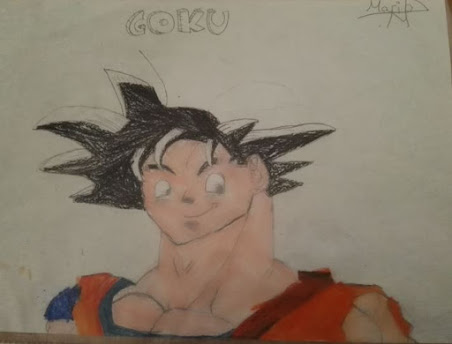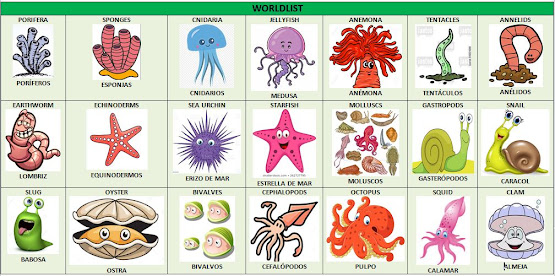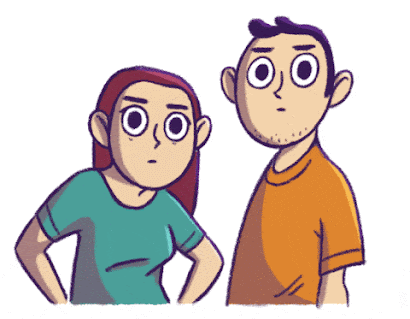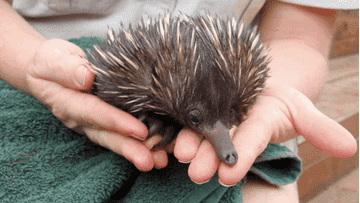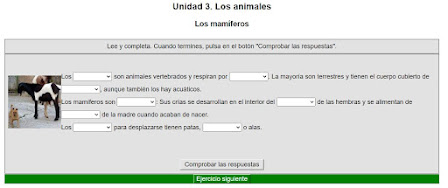Buenas tardes jóvenes de 6ºB. Aquí os dejo los dibujos del joven Mario, compañero de 6ºB del Pequecole Rafael Alberti. Sin ninguna duda se puede apreciar que sus dibujos son de una calidad absoluta. ¡Te felicito por tus dotes artísticas y tu gusto exquisito por Dragon Ball!
Seguro que un gran magnate del manga y anime se fija en ti, así que nunca dejes de dibujar y sigue sorprendiéndonos con tus elevadas dotes pictóricas. ¡Estamos ansiosos de ver tus siguientes pequedibujos! Gracias por tu arte y por compartir tu pasión con todos nosotros. ¡Estás hecho todo un mangaka!
Os dejo con los fabulosos pequedibujos del joven Mario. ¡Disfrutad!
GOKU "DOCTRINA EGOÍSTA" (ULTRA INSTINTO) BY MARIO
 |
| Dos dibujos de Goku en su etapa final de DBZ (se aprecia el símbolo de la escuela de Mutenroshi en el traje). Fantásticos dibujos con una combinación de colores sensacional. Enhorabuena. |
 |
| Un gran dibujo como de construmbre del joven Mario. Se muestra de manera clara y perfecta el carácter del príncipe de los Saiyans en el Modo God. ¡Realmente imponente! |



